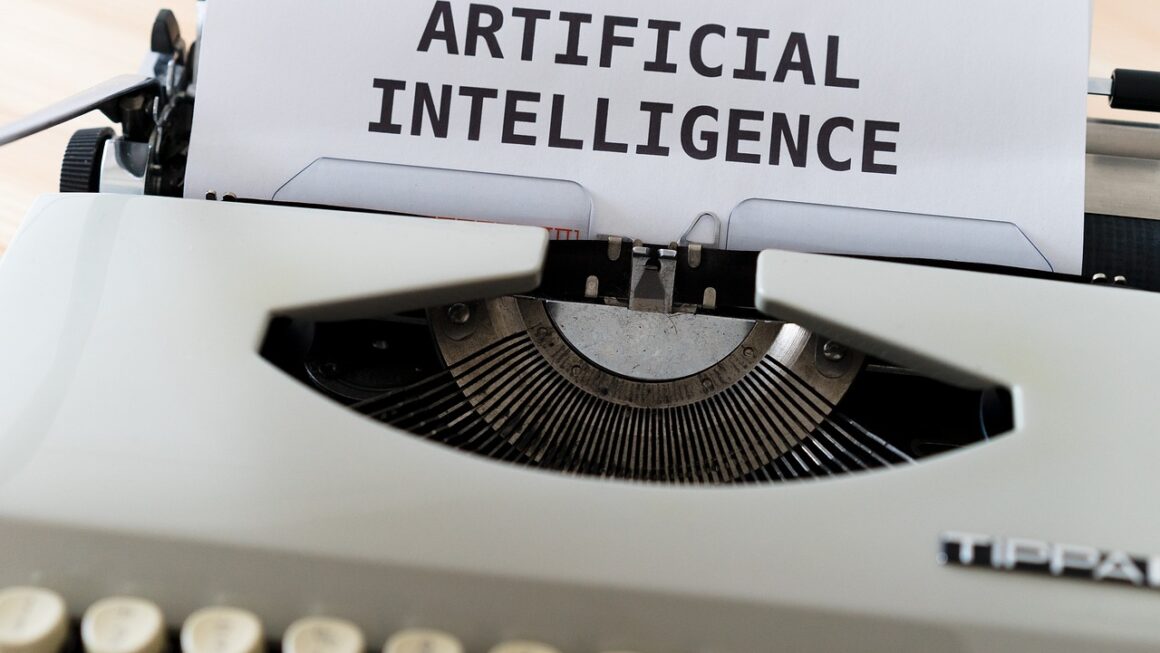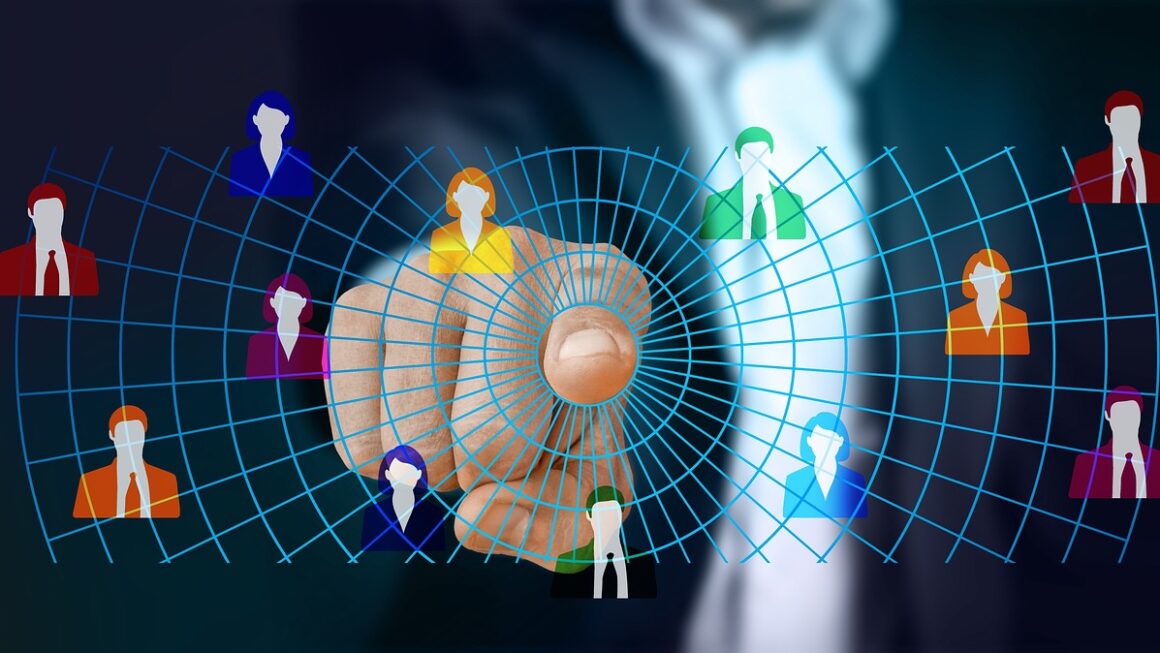AI assistants are rapidly changing the way we live and work, offering unprecedented levels of convenience, efficiency, and personalization. From scheduling appointments and managing emails to generating creative content and providing insightful data analysis, these digital companions are becoming indispensable tools for individuals and businesses alike. In this comprehensive guide, we’ll delve into the world of AI assistants, exploring their capabilities, benefits, and the transformative impact they are having on various aspects of modern life.
Understanding AI Assistants
What are AI Assistants?
AI assistants, also known as virtual assistants or digital assistants, are software applications that use artificial intelligence to perform tasks and provide services for individuals or organizations. They leverage natural language processing (NLP), machine learning (ML), and other AI technologies to understand user requests, respond to queries, and automate processes. They exist in many forms from the familiar voice-activated assistants on our phones and smart speakers to sophisticated chatbot applications used by businesses.
- Examples: Siri, Google Assistant, Amazon Alexa, Microsoft Cortana
- Key technologies: Natural Language Processing (NLP), Machine Learning (ML), Speech Recognition, Text-to-Speech Conversion
- Platforms: Smartphones, Smart Speakers, Computers, Websites, Messaging Apps
How AI Assistants Work
The inner workings of AI assistants involve a complex interplay of various AI components. Here’s a simplified overview of the process:
Consider this example: a user says, “Hey Siri, set an alarm for 7 AM tomorrow.”
Siri utilizes speech recognition to transcribe the audio into text. Then, NLP identifies the user’s intent: setting an alarm. The assistant then interacts with the phone’s clock application to schedule the alarm. Finally, Siri confirms the alarm setting with a verbal response.
Benefits of Using AI Assistants
Increased Productivity
AI assistants can automate repetitive tasks, freeing up your time and energy for more important activities. They can handle scheduling meetings, setting reminders, managing emails, and performing research, allowing you to focus on higher-value work. According to a McKinsey Global Institute report, automation technologies, including AI assistants, could increase global productivity growth by 0.8 to 1.4 percent annually.
- Example: Using an AI assistant to automatically filter and prioritize emails based on sender, subject, and content.
- Example: Using an AI assistant to generate meeting summaries and action items.
- Actionable Tip: Integrate an AI assistant into your daily workflow by delegating routine tasks such as scheduling, note-taking, and data entry.
Enhanced Personalization
AI assistants can learn your preferences and habits, providing personalized recommendations and experiences. They can tailor their responses to your specific needs and interests, making them more useful and relevant. They can also personalize news feeds, music playlists, and product recommendations.
- Example: An AI assistant suggesting relevant articles based on your reading history.
- Example: An AI assistant recommending restaurants based on your dietary restrictions and past dining choices.
- Actionable Tip: Configure your AI assistant to track your preferences and provide customized recommendations in areas like news, entertainment, and shopping.
Improved Accessibility
AI assistants can make technology more accessible to people with disabilities. They can provide voice control over devices, read text aloud, and transcribe speech to text, empowering individuals with visual or motor impairments to interact with technology more easily.
- Example: Using an AI assistant to control smart home devices with voice commands for individuals with mobility limitations.
- Example: Using an AI assistant to transcribe lectures or meetings for individuals with hearing impairments.
- Actionable Tip: Explore the accessibility features of your AI assistant, such as voice control, screen readers, and dictation, to enhance technology usage for individuals with disabilities.
Better Decision-Making
AI assistants can provide data-driven insights and recommendations, helping you make more informed decisions. They can analyze large datasets, identify trends, and provide predictive analytics, giving you a competitive edge in business and personal life.
- Example: Using an AI assistant to analyze market trends and identify investment opportunities.
- Example: Using an AI assistant to track your spending habits and provide recommendations for budgeting and saving.
- Actionable Tip: Leverage AI assistants to analyze data, generate reports, and provide actionable insights that can improve your decision-making process.
Practical Applications of AI Assistants
Business Applications
AI assistants are transforming various business functions, including customer service, sales, and marketing. They are automating tasks, improving efficiency, and enhancing customer experiences.
- Customer Service: AI-powered chatbots can provide instant support to customers, answering frequently asked questions, resolving issues, and routing complex inquiries to human agents. Statistically, AI chatbots can handle 68% of chats from start to finish.
- Sales: AI assistants can analyze customer data, identify leads, and personalize sales pitches, increasing conversion rates. They can also automate sales tasks, such as scheduling appointments and sending follow-up emails.
- Marketing: AI assistants can generate marketing content, analyze campaign performance, and personalize marketing messages, improving ROI. They can also automate marketing tasks, such as social media posting and email marketing.
Personal Use Cases
AI assistants are becoming increasingly popular for personal use, helping individuals manage their daily lives, stay organized, and access information more easily.
- Home Automation: AI assistants can control smart home devices, such as lights, thermostats, and appliances, making your home more comfortable and energy-efficient. For instance, “Alexa, turn on the living room lights” or “Google, set the temperature to 72 degrees.”
- Information Retrieval: AI assistants can quickly provide answers to your questions, access information from the internet, and perform research. Example, “Siri, what’s the weather forecast for tomorrow?”
- Task Management: AI assistants can help you manage your to-do lists, set reminders, and schedule appointments, keeping you organized and on track. Example, “Hey Google, add milk to my shopping list.”
- Entertainment: AI assistants can play music, stream videos, and provide recommendations for movies, TV shows, and books, enhancing your entertainment experience.
Specific Industry Examples
- Healthcare: AI assistants can assist doctors with diagnosis, treatment planning, and patient monitoring. They can also provide patients with personalized health recommendations and reminders. For example, AI can help doctors analyze medical images more efficiently and accurately.
- Education: AI assistants can provide students with personalized learning experiences, answering their questions, providing feedback, and grading assignments. They can also assist teachers with lesson planning and administrative tasks.
- Finance: AI assistants can provide financial advice, manage investments, and detect fraud. They can also automate financial tasks, such as paying bills and transferring funds.
Choosing the Right AI Assistant
Considerations
Selecting the right AI assistant depends on your specific needs and priorities. Consider the following factors:
- Compatibility: Ensure the AI assistant is compatible with your devices and platforms. Check which devices like smartphones, smart speakers or operating systems (iOS, Android, Windows) the AI assistant can integrate with.
- Features: Evaluate the features offered by different AI assistants and choose one that meets your specific requirements. What tasks do you need the assistant to perform?
- Privacy: Understand the privacy policies of different AI assistants and choose one that protects your data. How the AI Assistant handles your personal data and interactions should be a high priority.
- Cost: Compare the cost of different AI assistants, including subscription fees and hardware costs. Are there any subscription fees or additional costs associated with using the assistant?
Popular AI Assistants and Their Strengths
- Google Assistant: Excellent natural language processing, seamless integration with Google services, proactive assistance.
- Amazon Alexa: Wide range of skills and integrations, strong smart home control capabilities.
- Apple Siri: Deep integration with Apple ecosystem, strong privacy focus.
- Microsoft Cortana: Integration with Windows and Microsoft Office, productivity-focused features.
Tips for Effective Usage
- Train Your Assistant: Take the time to teach your AI assistant your preferences and habits.
- Use Clear and Concise Commands: Speak clearly and use simple language when interacting with your AI assistant.
- Explore Advanced Features: Experiment with the advanced features and settings offered by your AI assistant to maximize its potential.
- Protect Your Privacy: Review the privacy settings of your AI assistant and adjust them to protect your personal information.
The Future of AI Assistants
Emerging Trends
The field of AI assistants is rapidly evolving, with new technologies and capabilities emerging at a rapid pace.
- Advanced NLP: AI assistants are becoming better at understanding natural language, allowing for more complex and nuanced interactions.
- Personalized AI: AI assistants are becoming more personalized, adapting to individual user preferences and providing tailored experiences.
- Integration with IoT: AI assistants are increasingly integrated with the Internet of Things (IoT), enabling them to control a wider range of connected devices and services.
Potential Challenges
Despite the many benefits of AI assistants, there are also potential challenges to consider.
- Privacy Concerns: The collection and use of personal data by AI assistants raise privacy concerns.
- Security Risks: AI assistants can be vulnerable to hacking and security breaches.
- Job Displacement: The automation of tasks by AI assistants may lead to job displacement in some industries.
- Ethical Considerations: Bias in AI algorithms can lead to unfair or discriminatory outcomes. Careful attention needs to be paid to the ethical implications of using these tools.
Predictions
- AI assistants will become more integrated into our daily lives, seamlessly assisting us in various tasks and activities.
- AI assistants will become more proactive, anticipating our needs and providing assistance before we even ask.
- AI assistants will become more conversational, engaging in natural and fluid conversations with us.
- AI assistants will become more ubiquitous, embedded in a wide range of devices and environments.
Conclusion
AI assistants are powerful tools that can enhance our productivity, improve our decision-making, and simplify our lives. As AI technology continues to advance, these digital companions will become even more capable and integrated into our daily routines. By understanding the capabilities, benefits, and potential challenges of AI assistants, we can harness their power to improve our personal and professional lives. Embrace the future of assistance and explore how these AI-powered companions can revolutionize the way you live and work. The age of AI assistants is here, and the possibilities are limitless.




